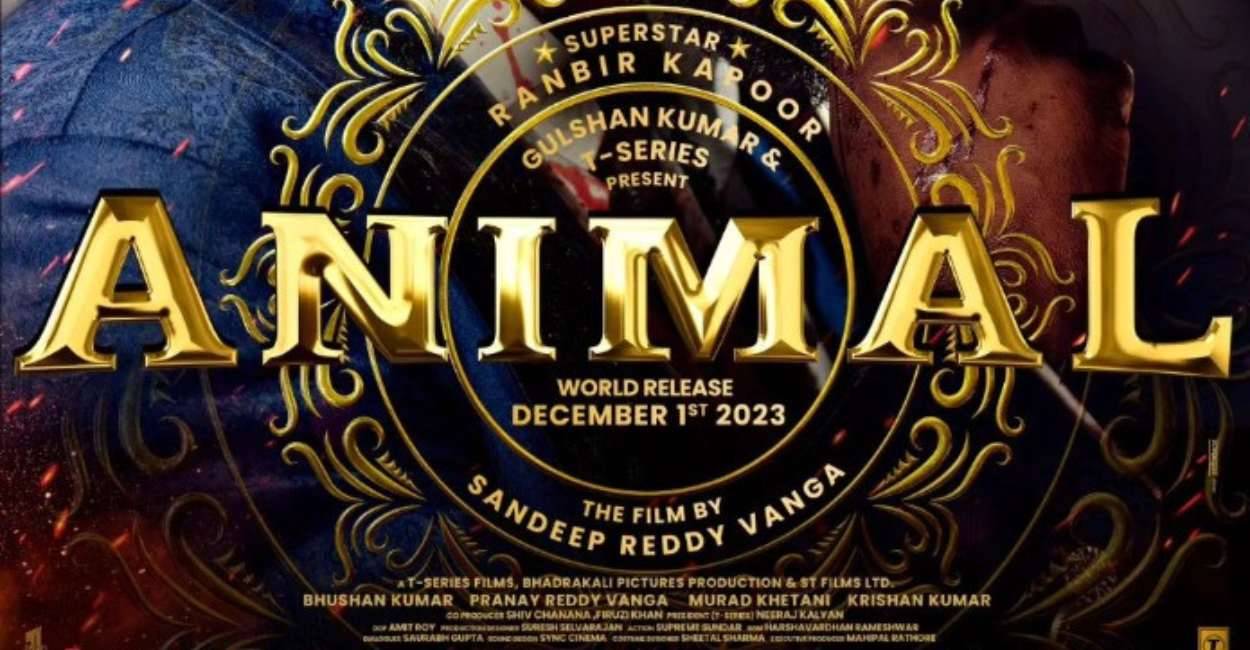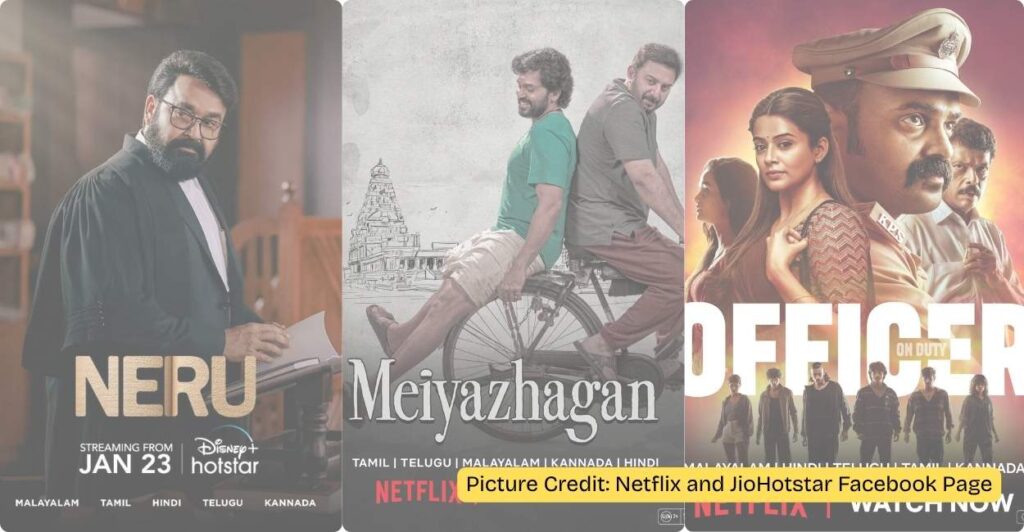Animal Movie Review – Violence…. Bloodshed…. Repeat

Directed by: Sandeep Reddy Vanga
Star Cast: Ranbir Kapoor, Rashmika Mandanna, Anil Kapoor, Bobby Deol, Tripti Dimri
Dear Diary,
Today, I ventured outside my comfort zone, prompted by a friend, to watch “Animal” directed by Sandeep Reddy Vanga. Normally, I shy away from violent films, but my appreciation for the exceptional acting in “Arjun Reddy” and “Kabir Singh,” also directed by Vanga, piqued my curiosity. However, “Animal” turned out to be a stark departure from what I had expected.
The film is steeped in gore and violence, featuring an intensity of bloodshed that I found overwhelming. As I sit down to pen my Animal movie review, I reflect on how this movie diverges from my usual preferences. Its relentless focus on raw, visceral scenes was a jarring experience, starkly contrasting with the character-driven narratives I usually enjoy.
In sum, while “Animal” showcases Vanga’s distinct directorial style, it may not resonate with those who are faint-hearted or prefer less graphic content.
Animal movie review – what I loved about it?
“Animal,” directed by Sandeep Reddy Vanga, presents a compelling narrative rooted in toxic parenting and its transformative impact on a young man. I won’t reiterate the plot, as it’s widely discussed online, but I’d like to share my take on the film.
Despite its criticisms of being tagged as misogynistic and overly gory, “Animal” has commendable aspects. A standout element is Ranbir Kapoor’s portrayal of Rannvijay. His character, while embroiled in violence and unpredictability, displays a deep-rooted love and protective instinct towards his sisters. This complexity adds depth to his role, showcasing a blend of brutality and familial loyalty.
However, the story itself didn’t resonate much with me, but the performances were exceptional. Ranbir Kapoor shines in his role, but it’s Anil Kapoor, as the toxic father, who truly captivates. His presence on screen is magnetic, reaffirming his status as an unparalleled force in Indian cinema.
Rashmika Mandanna’s performance, particularly during her character’s emotional breakdown, is another highlight. Her portrayal is so powerful that it left me with goosebumps. This time, the film presents its female characters as strong-willed, even as they navigate a landscape tinged with misogyny. Rashmika’s scenes, especially her confrontational moments, are a marked improvement over the portrayal of women in films like “Kabir Singh” and “Arjun Reddy.”
Furthermore, the supporting cast, including Shakti Kapoor, Upendra Limaye, and Babloo Prithiveeraj, all deliver strong performances. Upendra Limaye’s impactful dialogues, championing the themes of “MADE IN INDIA” and “MAHARASHTRA,” are particularly memorable.
But the scene-stealer of “Animal” is undoubtedly Bobby Deol, known affectionately as LORD BOBBY by his fans. His silent yet powerful portrayal speaks volumes, with his actions conveying more than words ever could. His commanding screen presence, combined with a sleek physique and potent physicality, adds a captivating dimension to the film.
In conclusion, while “Animal” has sparked controversy for its thematic choices, it stands out for its stellar performances and the intricate layers within its characters.
Animal Movie Review: What I hated the most?
Why is the movie so long??? The first half of the film is brisk and engaging, setting a pace that promises an intriguing journey. However, the second half fails to maintain this momentum, transitioning into what I found to be a lackluster and, frankly, boring narrative.
The revenge drama, intended to be the film’s climax, becomes overly intense and, paradoxically, uninteresting. As someone who is not a fan of violence and bloodshed, I found myself either dozing off or consciously avoiding the fight scenes, which seemed endless and repetitive.
While I appreciated the protagonist, Rannvijay (played by Ranbir Kapoor), protective nature towards his sisters, his behavior towards other characters, particularly his wife, is jarringly inconsistent.
His rudeness and arrogance, coupled with a disdain for professional advice, raise questions about the portrayal of such characters in cinema. The film normalizes infidelity and vengeful behavior, which is concerning, considering the impact movies can have on public perception and behavior.
Another point of contention is the glorification of the character’s insensitive and violent traits. It’s a reflection of a worrying trend in cinema where such behavior is romanticized rather than critiqued. Additionally, the excessive violence in the film is not only distasteful but also comes across as mindless, particularly in scenes where the protagonist single-handedly confronts a horde of adversaries. This act feels tired and unrealistic.
On a parting note…
After watching “Animal,” I couldn’t help but compare Rannvijay, the film’s protagonist, with the more endearing characters of Barfi and the mature Bunny, portrayed by Ranbir Kapoor in his earlier works. While the character “Rannvijay” had the potential to stand out, the film fell short in various aspects.
One of the central themes of “Animal” is the impact of a dysfunctional family, a topic that certainly warrants exploration. However, the film’s approach to this sensitive subject could have been more subtle and nuanced. The heavy-handed portrayal, coupled with an unnecessarily prolonged duration, made the viewing experience feel laborious, almost as if stepping into the theater one day and leaving on another.
I acknowledge that my aversion to the film’s violent content might not align with the preferences of those who appreciate such genres. However, personal taste is subjective, and in my case, the excessive violence in “Animal” was off-putting. Moreover, I found the misogynistic undertones, particularly in the comments made by the lead actor, to be distasteful and unacceptable.
In conclusion, my review of “Animal” is unequivocally a thumbs down. While the film attempted to tackle complex themes and featured a talented cast, its execution, and narrative choices left much to be desired. It’s a reminder that sometimes, less is more when it comes to storytelling, especially when dealing with intricate and sensitive subjects like family dysfunction.









